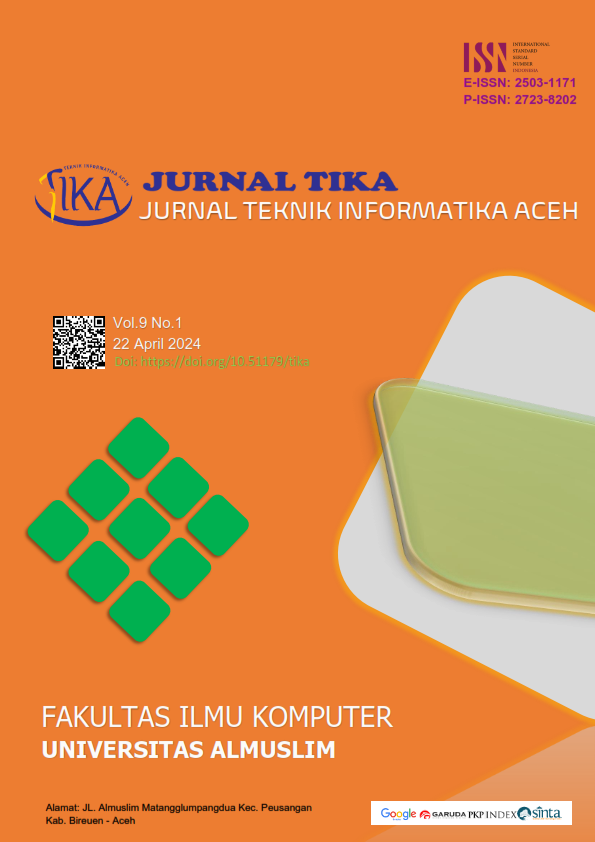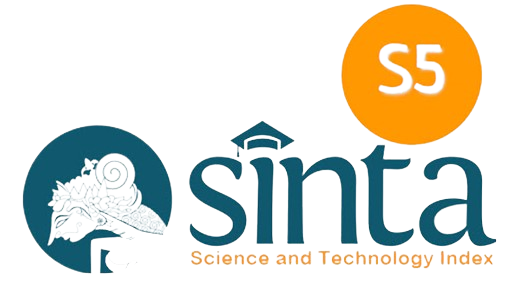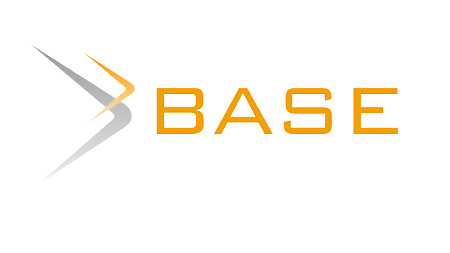Classterization of best-selling sales data for your cosmetic products using the k-means algorithm
DOI:
https://doi.org/10.51179/tika.v9i1.2531Keywords:
Clustering, Cosmetics Sales Data, Data Mining, K-Means, Best Selling ProductAbstract
There are many types of businesses in Indonesia that attract people's attention and increase competition by creating creativity in various business ideas. The Indonesian cosmetics and skin care company is a Y.O.U brand dedicated to the beauty of Indonesian women, produced according to people's needs and current trends. The task of data mining is to collect or group large amounts of data based on various predetermined criteria. Cluster data mining is ideal for algorithms that can process data more efficiently, namely the K-Means algorithm. The K-Means Clustering algorithm is a method used to combine several data streams to analyze data and determine the number of Clusters that have different characteristics from other data. The expected result is to have a group of data that will influence the sales strategy in the next period so that you can find out which items are best sold and which items are less popular with customers. This decision will minimize the losses previously received by PT Lintas Mandiri primarily on YOU cosmetics. With this data, it can be grouped into 3 clusters based on the level of sales of a type of product. Cluster 0 consists of 8 product items that have the best selling level, while in Cluster 1, which includes 12 product items in the best-selling category, and Cluster 2, which consists of 5 items. Products that are not selling well in this Cluster show a steady or even decreasing trend from month to month with the Centroid value indicating the unpopularity of these products in the market.
Downloads
References
Adhitia, P. (2022). Penerapan Data Mining Dalam Menentukan Tingkat Kepuasan Orangtua Terhadap Kinerja Guru Pada Masa Pandemi Covid-19 (STUDI KASUS: SD MIN BAHKAPUL …. SkripsiKu-2022, 1(4). https://skripsi.tunasbangsa.ac.id/index.php/2022/article/view/322
Agneresa, A., Hananto, A. L., Hilabi, S. S., Hananto, A., & Tukino, T. (2022). Strategi Promosi Penerapan Data Mining Mahasiswa Baru Dengan Metode K-Means Clustering. Dirgamaya: Jurnal Manajemen Dan Sistem Informasi, 2(2), 25–34. https://doi.org/10.35969/dirgamaya.v2i2.275
Amalina, T., Bima, D., Pramana, A., & Sari, B. N. (2022). Metode K-Means Clustering Dalam Pengelompokan Penjualan Produk Frozen Food. Jurnal Ilmiah Wahana Pendidikan, 8(15), 574–583. https://doi.org/10.5281/zenodo.7052276
Briliani, R. A., M.Si, D. S., & M.Si, D. S. (2016). Analisis Kecenderungan Pemilihan Kosmetik Wanita di Kalangan Mahasiswa Jurusan Statistika Unniversitas Diponegoro Menggunakan Biplot Komponen Utama. Jurnal Gaussian, 5(3), 547–548. http://ejournal-sl.undip.ac.id/index.php/gaussian
Darmi, Y. D., & Setiawan, A. (2017). Penerapan Metode Clustering K-Means Dalam Pengelompokan Penjualan Produk. Jurnal Media Infotama, 12(2), 148–157. https://doi.org/10.37676/jmi.v12i2.418
Erlangga, N., Solikhun, S., & Irawan, I. (2019). Penerapan Data Mining Dalam Mengelompokan Produksi Jagung Menurut Provinsi Menggunakan Algoritma K-Means. KOMIK (Konferensi Nasional Teknologi Informasi Dan Komputer), 3(1), 702–709. https://doi.org/10.30865/komik.v3i1.1681
Fachriansyah, A., & Bu’ulolo, E. (2023). Penerapan Algoritma K-Means Untuk Clustering Bakery Dan Cake Yang Laris. Bulletin of Information Technology (BIT), 4(2), 205–217.
Lia Hananto, A., Assiroj, P., Priyatna, B., Nurhayati, Fauzi, A., Yuniar Rahman, A., & Shofiah Hilabi, S. (2021). Analysis of Drug Data Mining with Clustering Technique Using K-Means Algorithm. Journal of Physics: Conference Series, 1908(1). https://doi.org/10.1088/1742-6596/1908/1/012024
Mangku Negara, I. S., Purwono, P., & Ashari, I. A. (2021). Analisa Cluster Data Transaksi Penjualan Minimarket Selama Pandemi Covid-19 dengan Algoritma K-means. JOINTECS (Journal of Information Technology and Computer Science), 6(3), 153. https://doi.org/10.31328/jointecs.v6i3.2693
Pembelajaran, I., Teknologi, D. A. N., Untuk, B., Rad, M., Pt, D. I., Indonesia, D., Mobilnetv, D. A. N., Hariman, A. A., Mulyana, D. I., Yel, M. B., Metode, I., Pada, K. C., & Kinerja, P. (2023). JURNAL INFORMATIKA DAN TEKNOLOGI INFORMASI P ROGRAM S TUDI I NFORMATIKA – F AKULTAS T EKNIK - U NIVERSITAS J ANABADRA. 8(1).
PT Jalur Mandiri Utama. (2023). PT. Glints Indonesia Group. https://glints.com/id/companies/pt-jalur-mandiri-utama/58469c83-7bfd-47b8-9ffe-ed18a8c7baed
Sari, T. P., Hananto, A. L., Novalia, E., Tukino, T., & Hilabi, S. S. (2023). Implementasi Algoritma K-Means dalam Analisis Klasterisasi Penyebaran Penyakit Hiv/Aids. Infotek : Jurnal Informatika Dan Teknologi, 6(1), 104–114. https://doi.org/10.29408/jit.v6i1.7423
Situmorang, A., Tukino, T., Novalia, E., & Ahmad, S. (2022). Klasifikasi Hasil Penjualan Minuman Ringan Pada Koperasi Berdasarkan Jenis Barang Menggunakan Algoritma K-Means Clustering. Jurnal TIKA, 7(3), 250–255. https://doi.org/10.51179/tika.v7i3.1565
Tukino, T., & Huda, B. (2019). Penerapan Algoritma K-Means Untuk Mendukung Keputusan Dalam Pemilihan Tema Tugas Akhir Pada Prodi Sistem Informasi Universitas Buana Perjuangan Karawang. Techno Xplore : Jurnal Ilmu Komputer Dan Teknologi Informasi, 4(1), 1–10. https://doi.org/10.36805/technoxplore.v4i1.542
Yansah, H., Wulansari, T. T., & Alameka, F. (2022). Penerapan Algoritma K-Means Dalam Clustering Produk Terlaris Pada Fr Parfum. Sains, Aplikasi, Komputasi Dan Teknologi Informasi, 4(2), 83–90.
Yaumi, A. S., Zulfiqkar, Z., & Nugroho, A. (2020). Klasterisasi Karakter Konsumen Terhadap Kecenderungan Pemilihan Produk Menggunakan K-Means. JOINTECS (Journal of Information Technology and Computer Science), 5(3), 195. https://doi.org/10.31328/jointecs.v5i3.1523
Downloads
Published
How to Cite
Issue
Section
License
Copyright (c) 2024 Aprillia Anjani

This work is licensed under a Creative Commons Attribution-ShareAlike 4.0 International License.








